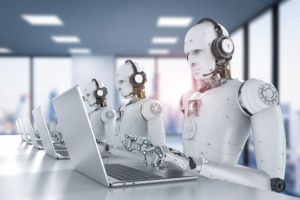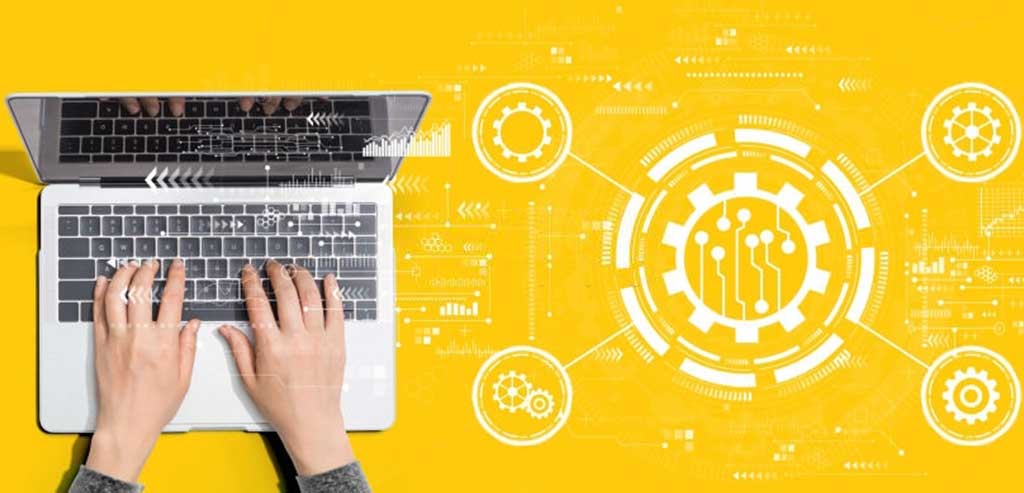Big changes often beget other big changes. On the heels of the COVID-19 pandemic, for example, by some estimates, the manufacturing industry is expected to experience five years of innovation in the next 18 months. In order to comply with new guidelines for health and safety, they have to adapt. And fast. One of the ways to accomplish this efficiently is with robotic process automation (RPA). And one of the ways to do it faster and with bigger impacts is by supplementing RPA with artificial intelligence (AI).
Going Beyond the Rules
RPA by itself is best used in rules-based processes; that’s how software bots operate. They’re given a specific set of instructions and they do not deviate from them. But they do not “think.” RPA is designed for optimizing business processes—and it’s a powerful tool at that—but it’s not intended to make decisions or learn. That capability is what we call intelligence.

But sometimes we still need more out of our automation initiatives. We need an element of learning and adaptation from our technology. That’s when we need a different kind of intelligence: AI.
AI uses deep learning algorithms to constantly evolve with the business. (In other words: it’s always learning by design.) Unlike bots, which need structured inputs and specific logic, AI can function with unstructured inputs and even create its own logic.
Making RPA Smarter with AI
So how can AI help? Well, for one thing, RPA bots are only built to do what they are instructed to. They continue to fulfill their tasks (and only those specific tasks) unless guided otherwise. That, again, is by design. They work without error and without breaks, alleviating pressure for the people they support, and creating smoother workflows. The bots do the mundane work while humans do theirs, with humans intervening in the process as necessary.
But, sometimes operations need to be scaled. In this case, you can leverage the technology even more, automate more, and reduce the need for human intervention. How? AI. By incorporating AI, you add a whole new level of capability to automation efforts.

Other AI applications include natural language generation (NLG), which automatically transforms data into written narratives that mimic human writing; and optical character recognition (OCR), which extracts data from images. NLG can be used for business intelligence dashboards, personalized customer communications, and more. OCR is used to analyze things like receipts and medical records, where there may be handwriting and/or large variance in formatting.
AI really does make RPA smarter. It delivers an opportunity for adaptation and ensures you’re taking RPA as far as you can, so the human workforce can continue to do their best work as well.
To learn more about our RPA services and AI algorithms, get in touch any time.

